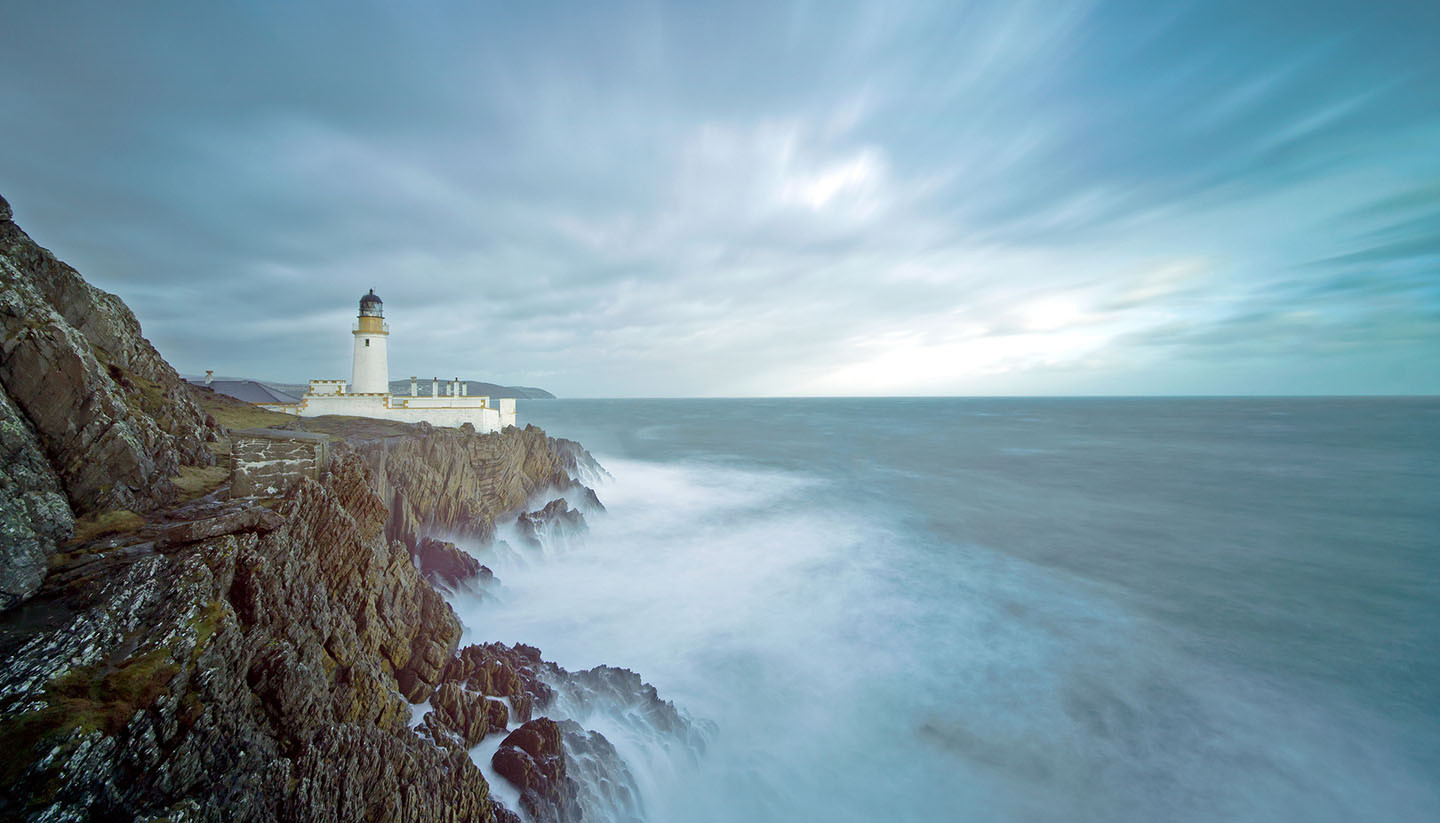Isle of Man History, Language and Culture
History of Isle of Man
A British Crown dependency in the Irish Sea, the Isle of Man is self-governing but with HM The Queen as Head of State represented locally by a Lieutenant Governor.
The original inhabitants of the Isle of Man were Neolithic and Mesolithic tribes, followed by Bronze Age dwellers and the Celts (whose civilisation is the basis of Manx culture). Christianity was introduced during the 5th and 6th centuries as the local language, Manx, began to emerge.
The Vikings arrived more than 1,000 years ago and Norse rule prevailed in the establishment of the Kingdom of Mann and the Isles, which also included the Hebrides and the islands of the Firth of Clyde, from 979 to 1266.
The Vikings founded the Tynwald parliament, which celebrated its millennium in 1979. Although there is no firm evidence for its having been founded in 979 it is one of the world’s oldest parliaments and annual outdoor sittings date back to the 8th century.
After a brief period during which the Kingdom of Mann passed between English and Scottish rule, in 1333 Edward III renounced English claims and recognised it as an independent kingdom.
In 1399 the island’s king, William, Earl of Wiltshire was executed for treason by Henry IV and his lands, including the Isle of Man, passed back to the English Crown. In 1405 the kingdom was given to Sir John Stanley whose descendants held it for 360 years before the 1765 Isle of Man Purchase Act, which returned the island to the British Crown.
In recent years, the Isle of Man has become famous for its distinct tax status, capitalising on its independent standing to build up a thriving offshore banking and financial services sector. It’s also revered for the gruelling Isle of Man TT, a motorcycle race that has been taking place on the island since 1907.
Did you know?
• There is no national speed limit on Isle of Man roads, only local limits.
• The Isle of Man has become a centre for emerging private space travel companies and in 2012 was named the fifth most likely nation put the next man on the moon.
• The island’s distinctive ‘Three legs of Mann’ symbol, a triskelion, is of uncertain origin but may relate to Sicily.
Isle of Man Culture
Religion in Isle of Man
Predominantly Christian (Church of England, Roman Catholic, Presbyterian, Methodist), sizeable Muslim, Sikh, Jewish and Hindu minorities. Around 15% of the population have no religion.
Social Conventions in Isle of Man
The monarchy, though now only symbolic politically, is a powerful and often subconscious unifying force. Members of the Royal Family are the subject of unceasing fascination, with their every move avidly followed and reported by the popular press, both in the UK and abroad.
Handshaking is customary when introduced to someone for the first time. One kiss on the cheek is gaining popularity for close friends. Normal social courtesies should be observed when visiting someone's home and a small present such as flowers or chocolates is appreciated. It is polite to wait until everyone has been served before eating.
Language in Isle of Man
Manx Gaelic, the indigenous language, is related to Scots and Irish Gaelic. At one time spoken by all the Manx, the tongue was replaced by English during the last century. In the 2001 census, 1,689 people claimed some knowledge of the language.
On Tynwald Day, summaries of the new laws are read out in Manx and English. Manx Gaelic evening classes are regularly held, and a weekly radio programme and newspaper column appear in the language. In 2001, it was recognised by the European Charter of Regional or Minority Languages, as being a legitimate autochthonous regional language. Common phrases include moghrey mie (good morning) and fastyr mie (good afternoon).


